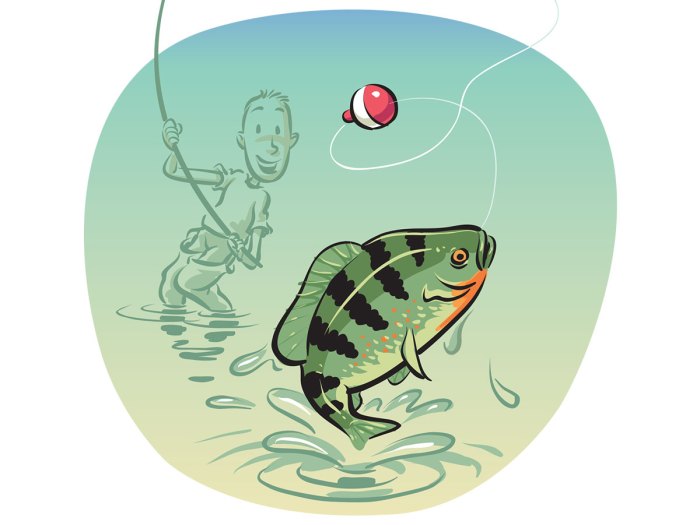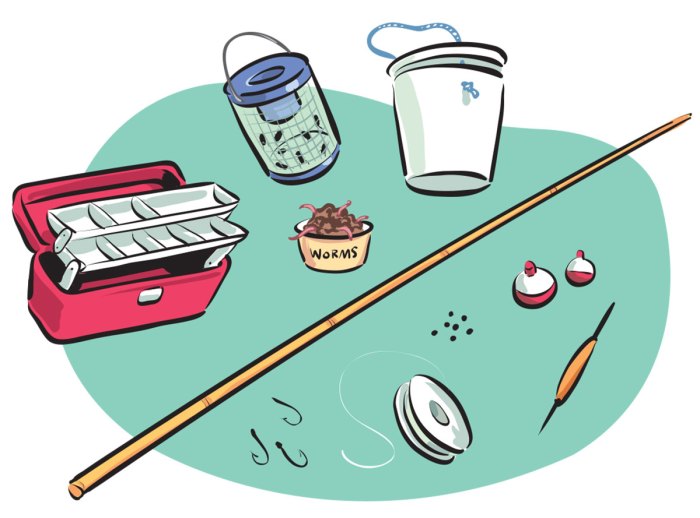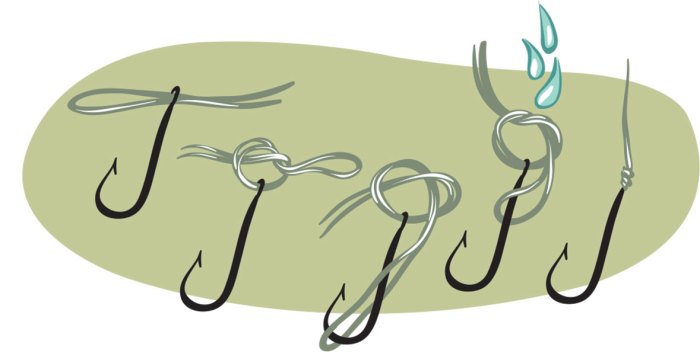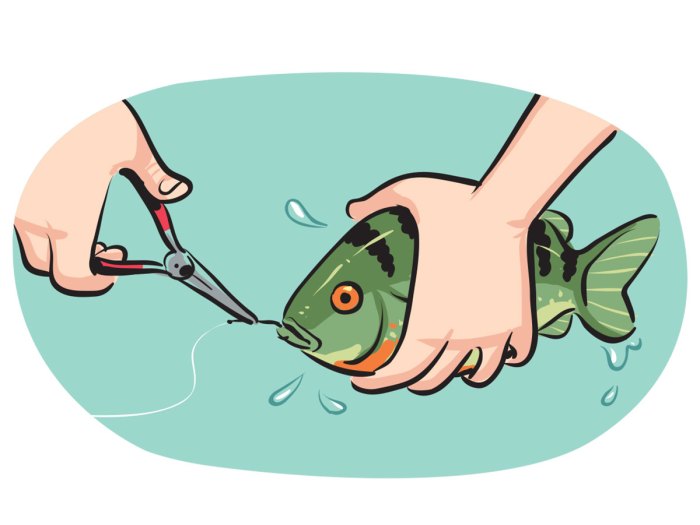10 Steps to Start Fishing

Turn off the video games. Put away the balls, bats and other stuff. It’s time for a different kind of fun — fishing. Follow these 10 simple steps to get started!
STEP 1: FOR GEAR, KEEP IT SIMPLE
All you need is a cane, fiberglass or graphite pole, available at a bait shop or discount store for about 10 bucks.
Also buy a small spool of monofilament fishing line (6- or 8-pound test for fresh water, 10- or 12-pound test for salt water), a couple of plastic bobbers, some split shot sinkers (BB size) and some hooks (size 2 for small bait, up to size 3/0 for bigger bait). A small tackle box with divided trays and a carrying handle keeps it all organized.

STEP 2: BAIT
You can buy minnows, night crawlers, redworms and crickets at a bait shop. But it’s more fun to CATCH YOUR OWN. Get minnows out of a nearby creek by using a dip net. Look under stream rocks for crayfish. Find redworms and crickets under logs and leaf litter.
Other baits work, too. Saltwater fish love shrimp, dead or alive. Trout will bite kernel corn and cheese. Catfish will eat pieces of Ivory soap! Carry your bait in a small plastic bucket.
STEP 3: ATTACH YOUR LINE
Cut off a length of line about a foot longer than the length of your pole. Wrap an end around the tip of your pole and TIE IT TIGHTLY.

STEP 4: TIE THE HOOK
Match a hook to your bait. (Size 3/0 for long worms, say, 1/0 for small shrimp.) Tie the hook to the opposite end of the line using a knot that won’t slip, such as THE PALOMAR KNOT (shown here). (Wet all knots before pulling tight.) Bad knots lose good fish.
STEP 5: FIND A GOOD FISHING SPOT
You’re ready for the fishing hole. If you live near the coast, you can catch all kinds of saltwater fish around piers and large rocks close to shore. If you live inland, A POND IS YOUR BEST BET — most ponds are loaded with bluegills and bass.
STEP 6: TRY BOBBER-FISHING
After baiting your hook, attach the bobber above your line (two feet for starters, longer if the bait needs to go deeper). Now simply extend the pole out over the water and lower it UNTIL THE BOBBER FLOATS ON THE WATER. Keep the pole horizontal to the water and hold it steady.
STEP 7: BE PATIENT
Wait for the fish to bite. FISHING TAKES PATIENCE! It’s common for fish to take several minutes to find your baited hook. Watch your bobber. If it jumps or shakes, a fish is nibbling your bait!
STEP 8: SET THE HOOK
When the bobber goes completely under the surface, SET THE HOOK by raising the pole quickly. Then point your pole straight up in the air, so the fish swings to you.

STEP 9: HANDLE WITH CARE!
Most fish you’ll catch from shore don’t have sharp teeth, but many have spiny fins. Grasp the fish GENTLY BUT FIRMLY behind the head as shown. Use needle-nose pliers to remove the hook.
STEP 10: TAKE A PHOTO
Take a photo of your catch. Then gently put the fish BACK IN THE WATER so it can swim away, grow bigger, make babies — and be caught another day.
Wait…we’re not EATING the fish??
thanks for the atvise
Yes, we do.
bro what
Hi thank u it worked
A great move to start with. Tnx 🤔
A nice and simple step to follow. Would likely be helpful whole fishing and when writing a report.🤔
noo!
that is going to help me to fish
so when you take the picture, do we have to tell the fish to cheese for the pic? – asking for a friend….
wow
It was very nice
This will help me get started taking my 3yo daughter fishing since for some reason she’s always dipping sticks in puddles and pretending a leaf is a fish lol. Thank you
oh ok